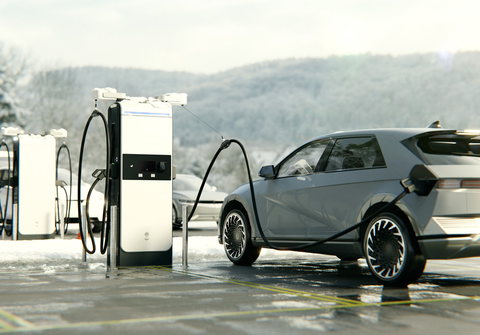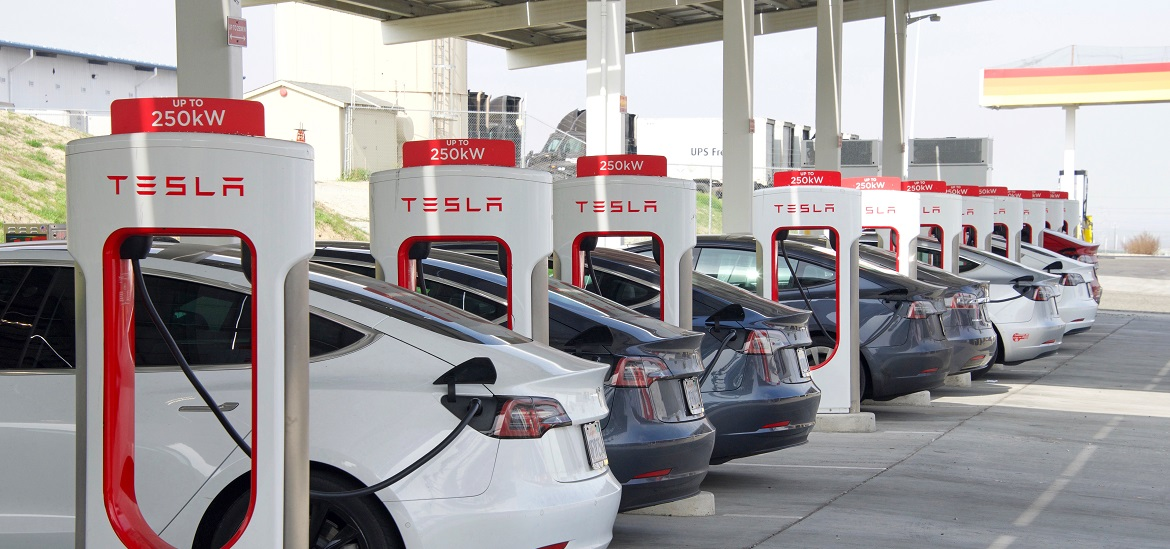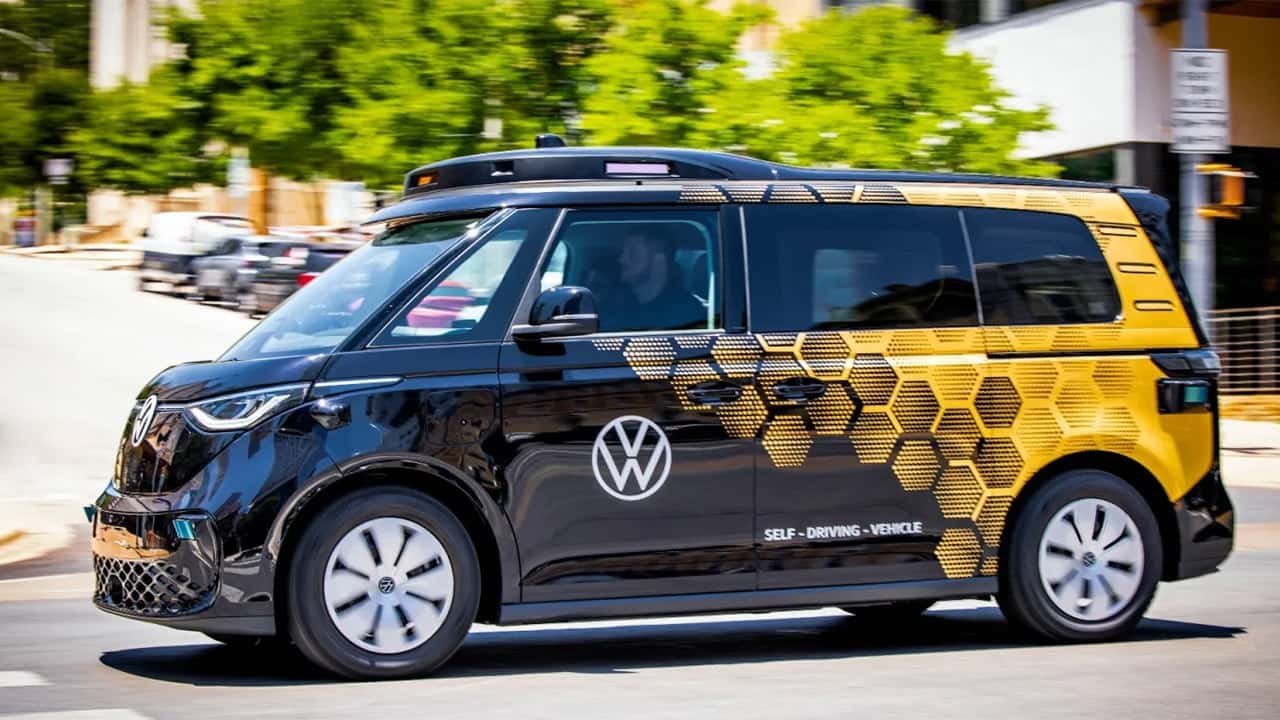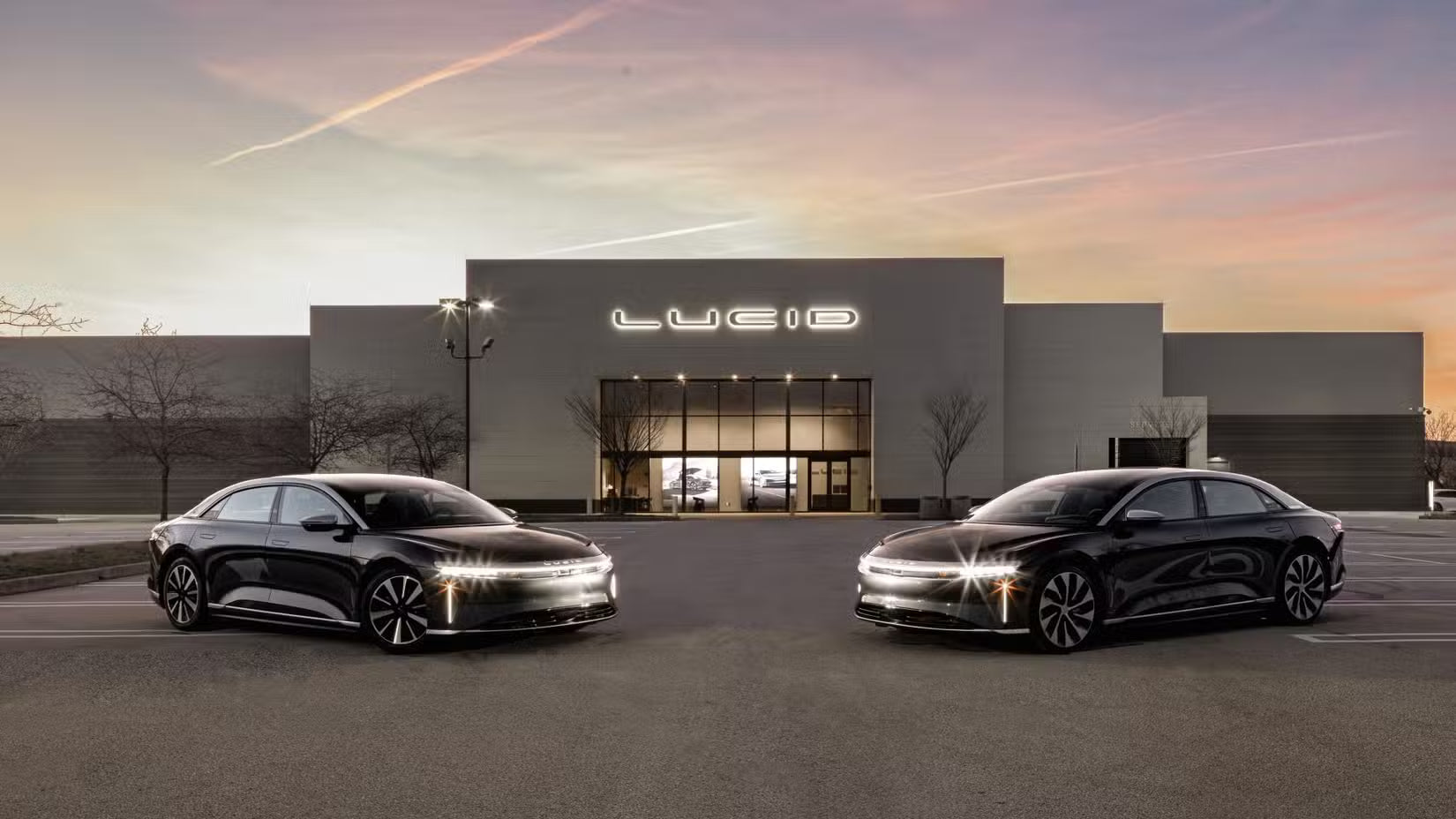The rise of electric vehicles (EVs) has transformed mobility, but the quest for convenience has spotlighted fast charging as a double-edged sword. DC fast charging, capable of delivering hundreds of kilowatts to replenish EV batteries in minutes, is a cornerstone of EV adoption. Yet, beneath the promise of speed lies a troubling truth: fast charging can significantly degrade EV battery health, shortening lifespan and raising costs. This blog explores the science of fast charging, its impact on EV batteries, and strategies to mitigate damage, with a focus on portable chargers and NEMA standards.
The Mechanics of EV Fast Charging
Fast charging for EVs, typically delivered via DC fast chargers, bypasses the vehicle’s onboard charger to supply direct current at high power levels—often 50 kW to 350 kW or more. Unlike Level 1 (120V) or Level 2 (240V) charging, which might take hours, DC fast chargers can restore 80% capacity in 20-40 minutes. This is achieved through high voltage (up to 800V) and current, often facilitated by NEMA connectors like the NEMA 14-50 for Level 2 setups or specialized connectors like CCS or CHAdeMO for DC charging.
EV batteries, predominantly lithium-ion, rely on lithium ions shuttling between a cathode and anode through an electrolyte. Fast charging accelerates this process, but at a cost:
- Thermal Overload: High power generates excessive heat, risking electrolyte decomposition and thermal runaway.
- Anode Degradation: Rapid ion influx erodes the anode’s solid electrolyte interphase (SEI) layer, reducing capacity.
- Cathode Stress: Elevated voltages cause micro-cracks in the cathode, impairing long-term performance.
Research from Journal of Power Sources (2024) indicates that EV batteries subjected to frequent DC fast charging lose 15-25% capacity after 500 cycles, compared to 8-12% for Level 2 charging. This degradation undermines the longevity of EV batteries, which are designed for 1,000-2,000 cycles.

The Cost of Speed
Fast charging is a lifeline for EV drivers on long trips, enabling rapid turnarounds at public stations. However, the convenience comes with hidden costs. Battery degradation from frequent fast charging can reduce an EV’s range, forcing owners to replace batteries sooner than expected. A typical EV battery, costing $5,000-$20,000, may need replacement within 5-8 years under heavy fast-charging use, compared to 10-15 years with slower charging.
Economically, this impacts consumers and fleet operators. Environmentally, it’s worse: discarded batteries contribute to e-waste, and mining lithium, cobalt, and nickel for replacements strains ecosystems. Fast charging, while essential for EV adoption, risks undermining the sustainability narrative if not managed carefully.
Portable chargers, often used for emergency or home charging, exacerbate the issue when designed for high power without adequate thermal management. These devices, sometimes compatible with NEMA 14-50 connectors for Level 2 charging, can stress batteries if not optimized for EV use.

NEMA Standards and Portable Charging Solutions
NEMA connectors, such as the NEMA 14-50, are critical for Level 2 EV charging, delivering 240V at up to 50A for home or portable charging setups. These connectors enable faster charging than standard 120V outlets, striking a balance between speed and battery health. However, DC fast chargers, which use specialized connectors like CCS, push far higher power, amplifying battery stress.
Portable chargers for EVs, often marketed as compact Level 2 solutions, are gaining popularity for their versatility. These devices, compatible with NEMA outlets, allow drivers to charge at home or on the road. However, low-quality portable chargers may lack robust Battery Management Systems (BMS), leading to overheating and accelerated wear. High-quality models, compliant with NEMA standards, incorporate smart features like dynamic power adjustment to protect battery health.
Manufacturers are addressing fast-charging challenges through advanced BMS, which monitor temperature, voltage, and current in real time. Some EVs, like Tesla’s models, use proprietary cooling systems to dissipate heat during fast charging, while NEMA-compliant charging stations increasingly support smart grids to optimize power delivery.

Strategies to Protect EV Battery Health
EV owners can adopt practical measures to minimize fast-charging damage while maintaining convenience. Here are five evidence-based strategies:
- Prioritize Level 2 Charging: Use NEMA-compliant Level 2 chargers (e.g., NEMA 14-50) for daily charging, reserving DC fast chargers for long trips.
- Avoid High-Temperature Charging: Charge in cooler conditions (below 35°C/95°F) to reduce thermal stress, especially when using portable chargers.
- Cap Charge Levels: Set EVs to charge to 80% instead of 100% during fast charging to minimize voltage stress, a feature available in most modern EVs.
- Choose Quality Equipment: Invest in NEMA-compliant portable chargers and cables from reputable brands to ensure safe, efficient power delivery.
- Monitor Battery Health: Use EV diagnostics to track battery capacity and adjust charging habits if degradation exceeds 10% within 500 cycles.
These steps, supported by studies from the International Journal of Electric Vehicles (2025), can extend battery life by up to 30%, balancing convenience with longevity.

The Future of EV Fast Charging
The EV industry is innovating to address fast charging’s drawbacks. Solid-state batteries, expected to enter mass production by 2030, offer higher energy density and better heat tolerance, reducing degradation during high-power charging. Advanced thermal management, such as liquid cooling and graphene-based systems, is already mitigating heat in premium EVs.
Software advancements are equally critical. Machine learning algorithms in BMS can predict optimal charging rates based on driving patterns, weather, and battery age. Standardization, including broader adoption of NEMA-compatible Level 2 chargers and universal DC connectors like CCS, ensures safer, more efficient charging infrastructure.

Conclusion: Speed with Sustainability
Fast charging is indispensable for scaling EV adoption, enabling drivers to recharge quickly on cross-country journeys. Yet, its impact on battery health—accelerated degradation, higher costs, and environmental strain—demands a smarter approach. By leveraging NEMA-compliant chargers, high-quality portable chargers, and strategic habits, EV owners can enjoy fast charging’s benefits while preserving battery longevity.
The dirty secret of fast charging is exposed, but the story doesn’t end here. With innovation and informed choices, the EV industry can deliver speed without sacrificing sustainability.
Recommend Reading: How Smart Charging and Proactive Maintenance Can Extend EV Battery Life








Share:
Understanding the Impact of Vehicle Load on Electric Vehicle Range
Best EV Lease Deals and Financing Offers in July 2025